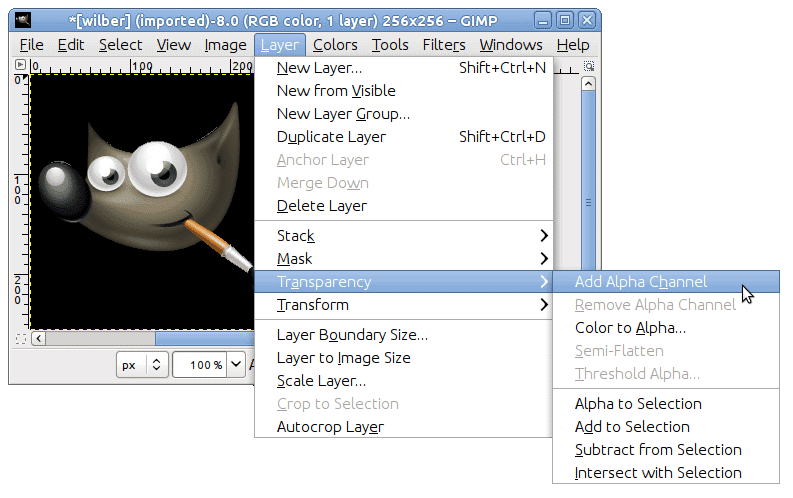5 Simple Linear Feet Conversion Tricks
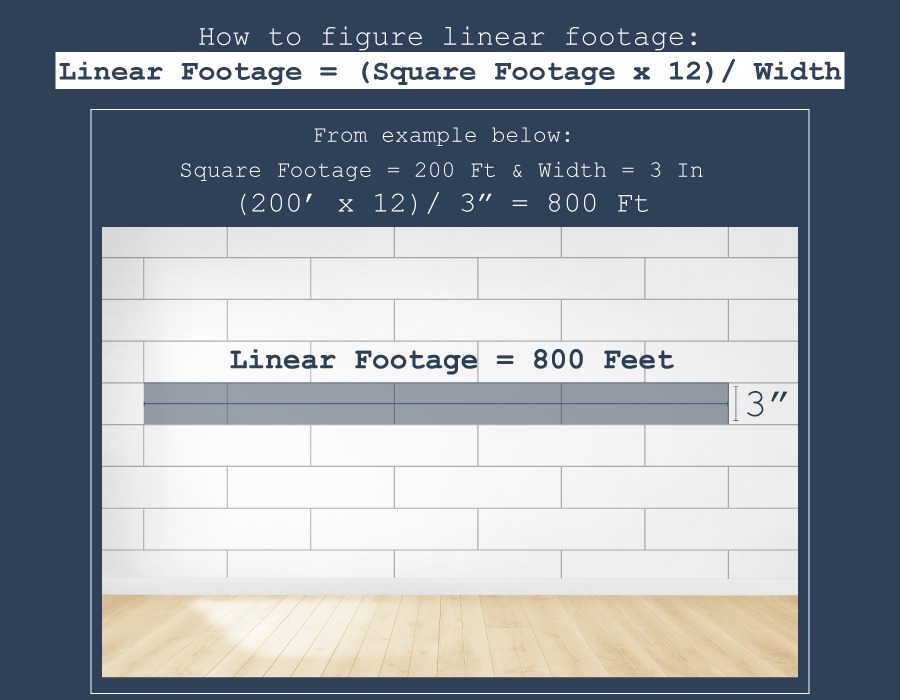
When it comes to working with linear measurements, especially in fields like construction, woodworking, or even everyday home improvement projects, understanding and converting linear feet can be crucial. Linear feet, often denoted as LF, are a unit of measurement used to quantify length, typically in the context of materials such as lumber, fabric, or any other product sold by length. In this comprehensive guide, we'll explore five practical tricks to master the art of linear feet conversions, ensuring you approach your projects with precision and confidence.
Understanding Linear Feet
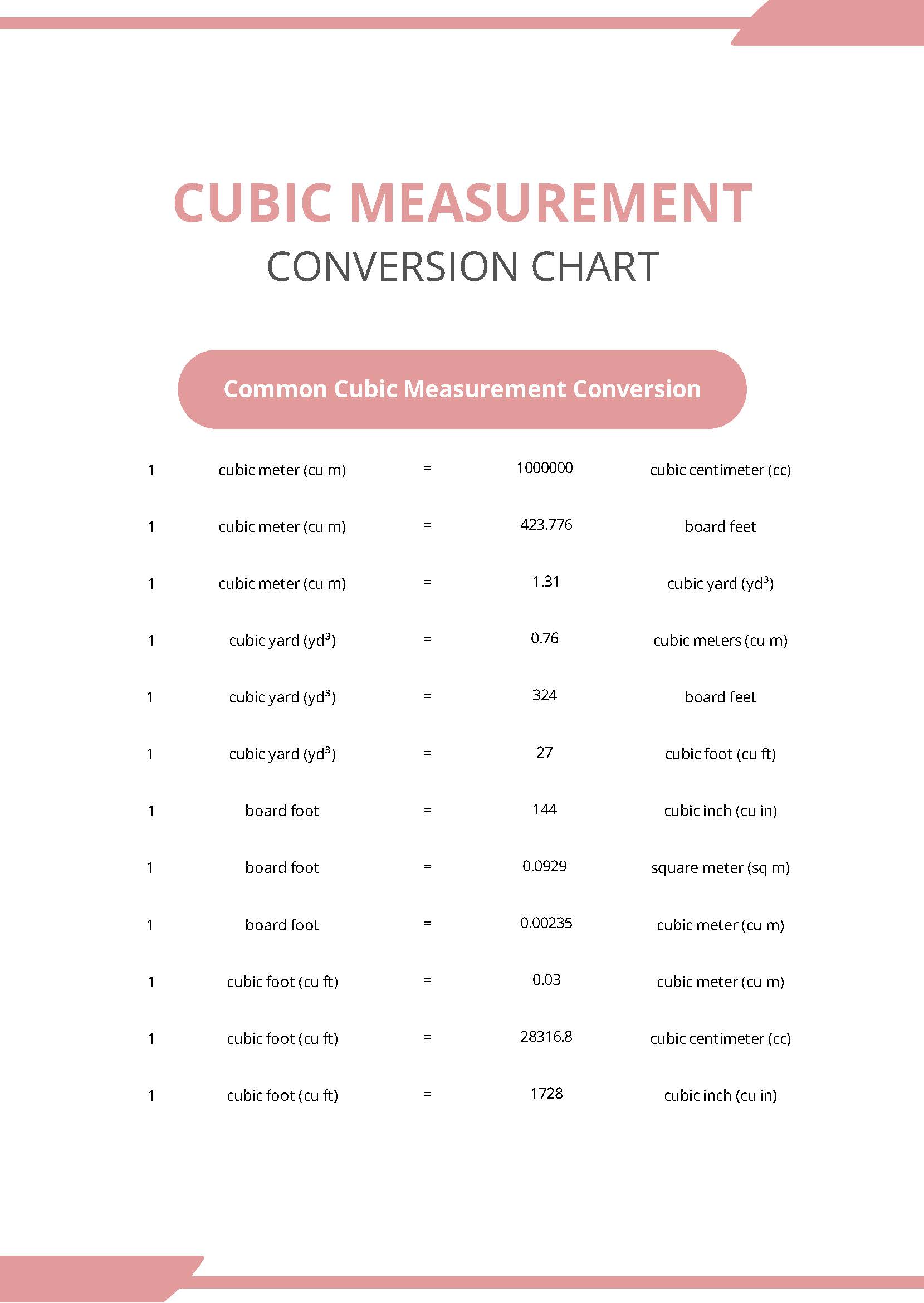
Before we delve into the conversion tricks, let’s clarify what linear feet represent. Linear feet are a measurement of length, similar to inches or feet, but specifically used when referring to materials sold or measured in long, continuous lengths. It’s essential to differentiate linear feet from square feet, which measure area. While both are crucial in different contexts, linear feet focus on the length of a material, not its width or area.
Imagine you're planning to build a fence. The fence posts might be sold by the linear foot, indicating the length of each post. Understanding how to convert and work with linear feet ensures you order the correct amount of material, avoiding costly mistakes or delays.
Trick 1: Visualize and Break Down the Measurement
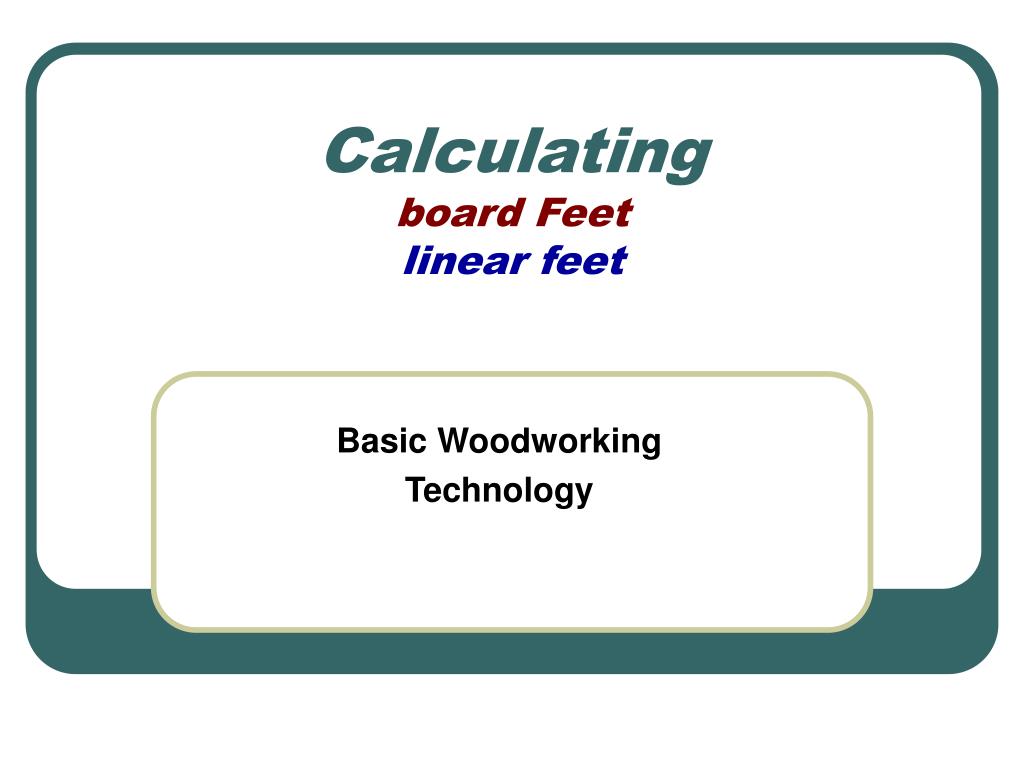
One of the simplest ways to wrap your head around linear feet conversions is to visualize the measurement. Consider the following scenario: you need to purchase lumber for a project, and the supplier quotes a price per linear foot. By visualizing the length of the lumber you need, you can estimate the required quantity more accurately.
For instance, if you need to cover a wall that's 12 feet long with 6-inch wide boards, you can calculate the linear feet needed as follows: 12 feet (wall length) x 2 (since it's a double-sided wall) = 24 linear feet. This trick helps you estimate the material quantity visually, ensuring a more accurate purchase.
Example Table: Visualizing Linear Feet
| Wall Length (Feet) | Board Width (Inches) | Estimated Linear Feet |
|---|---|---|
| 10 | 8 | 10 LF |
| 15 | 6 | 30 LF |
| 8 | 12 | 16 LF |
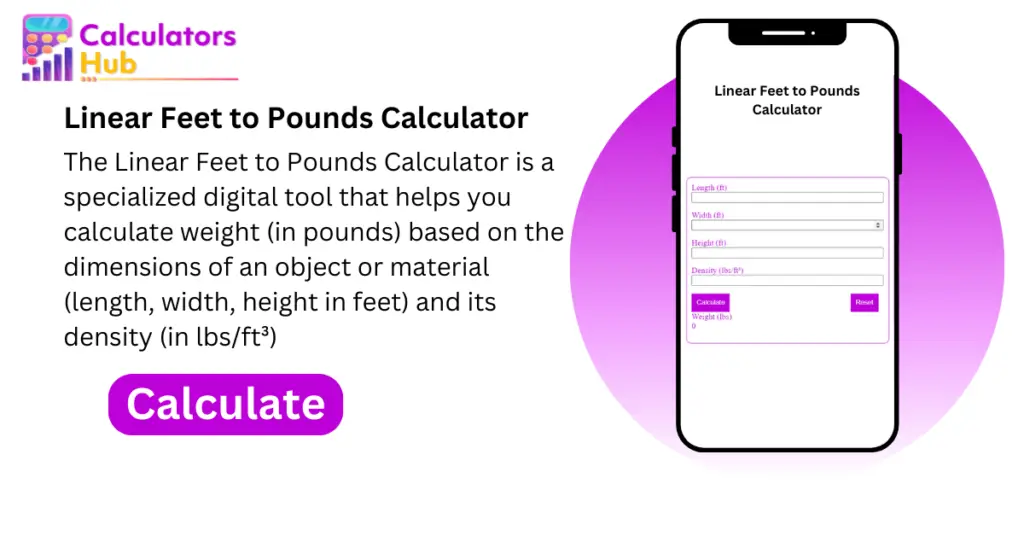
Trick 2: Convert Linear Feet to Square Feet (and Vice Versa)
While linear feet measure length, sometimes you might need to convert them to square feet, especially when calculating the area of a surface. This conversion is essential for projects involving flooring, tiling, or any material sold by the square foot.
To convert linear feet to square feet, you multiply the linear feet by the width of the material. For instance, if you have a 10-foot-long piece of lumber that's 4 inches wide, the square footage would be: 10 LF x 4 inches (0.3333 feet) = 3.33 square feet. This trick ensures you can accurately calculate the area covered by your materials.
Example Conversion Table
| Linear Feet | Width (Inches) | Square Feet |
|---|---|---|
| 12 LF | 6 | 7.5 SF |
| 18 LF | 4 | 7.2 SF |
| 20 LF | 8 | 16 SF |
Trick 3: Understanding Standard Lumber Sizes
In the world of construction and woodworking, certain standard sizes for lumber are commonly used. By familiarizing yourself with these standard sizes, you can more easily convert and work with linear feet.
For instance, 2x4 lumber is a common size, where the "2" represents the width and the "4" represents the thickness. However, in reality, a 2x4 board measures approximately 1.5 inches by 3.5 inches. When working with these standard sizes, you can quickly estimate the linear feet needed for a project. For example, if you need to frame a wall with 2x4s, you can calculate the linear feet required based on the length of the wall.
Standard Lumber Size Table
| Nominal Size | Actual Size (Inches) |
|---|---|
| 2x4 | 1.5” x 3.5” |
| 2x6 | 1.5” x 5.5” |
| 4x4 | 3.5” x 3.5” |
Trick 4: Using Conversion Factors for Common Materials
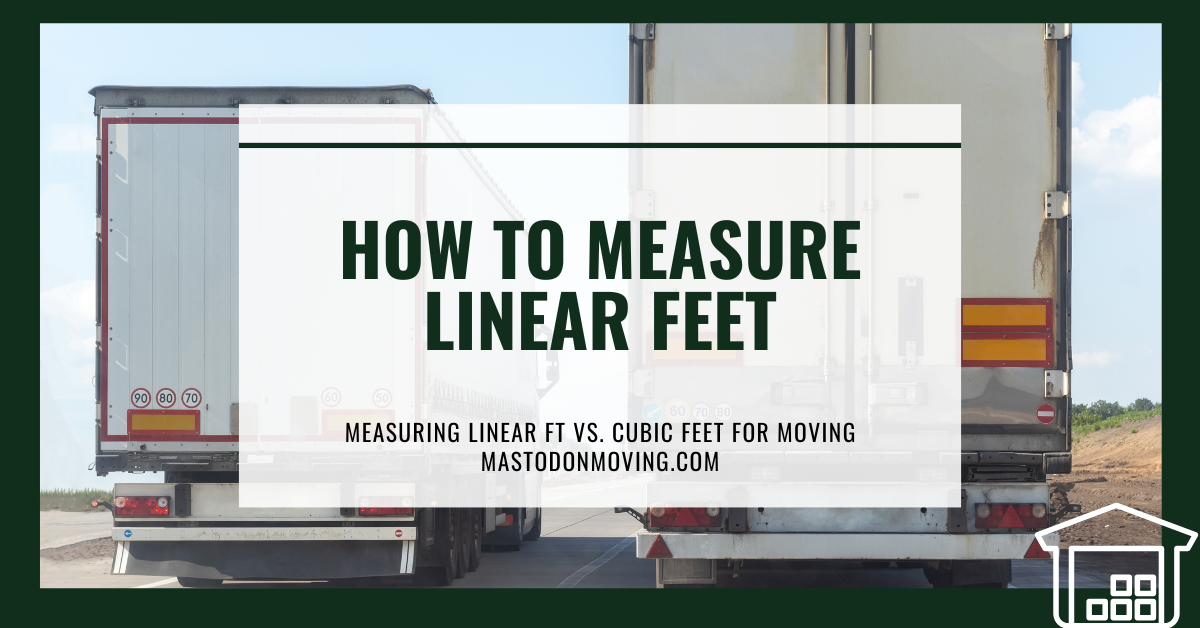
Different materials have specific conversion factors that can simplify linear feet conversions. For example, when working with pipes, the outside diameter (OD) and inside diameter (ID) are crucial for accurate conversions. By knowing these conversion factors, you can quickly determine the linear feet required for a piping project.
Similarly, for electrical conduit or cables, understanding the standard sizes and their corresponding linear feet can streamline your calculations. These conversion factors are especially useful when working with repetitive or standardized projects.
Conversion Factors for Common Materials
| Material | Conversion Factor |
|---|---|
| Pipes (OD) | 0.75 LF per foot |
| Electrical Conduit (1⁄2”) | 2 LF per foot |
| Cable Tray (2” deep) | 0.5 LF per foot |
Trick 5: Applying Linear Feet to Real-World Projects
Now that we’ve covered the basics and some handy conversion tricks, let’s apply these skills to real-world scenarios. Imagine you’re tasked with installing a new fence around your backyard. The fence posts are sold by the linear foot, and you need to determine the quantity required.
By measuring the perimeter of your backyard and applying the appropriate conversion factors, you can calculate the linear feet needed for the fence posts. This ensures you purchase the right amount of material, saving you time and money.
Similarly, when planning a kitchen renovation, understanding linear feet conversions can help you accurately estimate the amount of countertop material or backsplash tiles required, ensuring a seamless and cost-effective project.
Real-World Project Examples
- Fence Installation: Measure the perimeter, convert to linear feet, and calculate the quantity of fence posts needed.
- Kitchen Renovation: Calculate linear feet for countertop material and backsplash tiles, ensuring an accurate estimate.
- Landscaping: Determine the linear feet of edging or garden borders needed for a defined garden path.
Conclusion: Mastering Linear Feet Conversions
Linear feet conversions are an essential skill for anyone working with materials sold by length. By visualizing measurements, understanding standard sizes, and applying conversion factors, you can tackle projects with precision and confidence. Whether it’s a DIY project or a professional endeavor, these five simple tricks will ensure your linear feet conversions are accurate and efficient.
Remember, practice makes perfect, so apply these tricks to your everyday projects and watch your measurement skills soar! With a solid understanding of linear feet conversions, you'll approach any project with the knowledge and tools to succeed.
What’s the difference between linear feet and square feet?
+
Linear feet measure length, while square feet measure area. Linear feet are used for materials sold by length, like lumber, while square feet are used for surfaces or areas, like flooring.
How do I convert linear feet to square feet?
+
To convert linear feet to square feet, multiply the linear feet by the width of the material in feet. This gives you the area covered by the material.
Are there standard sizes for lumber that can help with conversions?
+
Yes, there are standard sizes for lumber, such as 2x4s or 4x4s. Knowing these sizes can help you estimate linear feet needed for projects more accurately.

